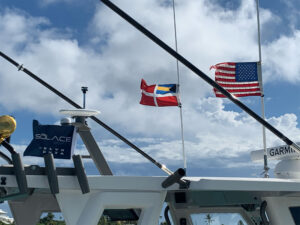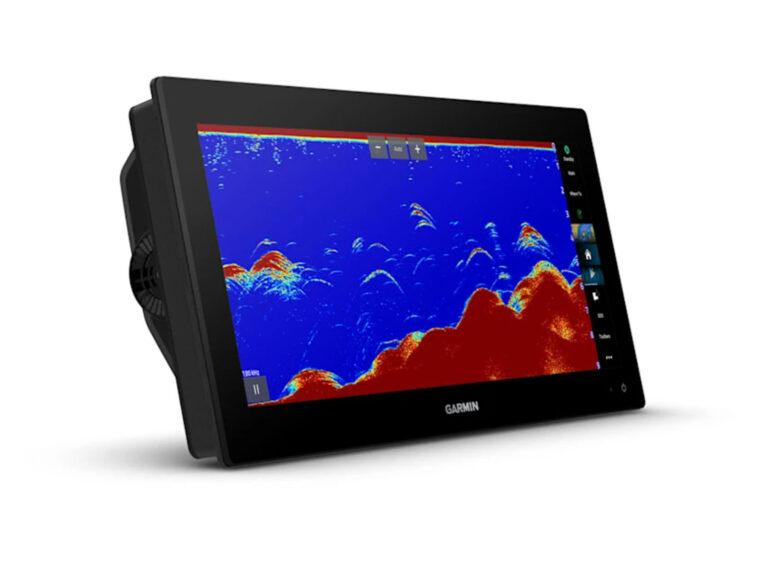Wind speed estimation and accurate trade-in-value predictions notwithstanding, there are few things as inconsistent in boating as the height of waves reported by those who were just out among them.
This fact disparages no boater. Professionals, such as National Oceanic and Atmospheric Administration meteorologists, don’t commit to a fixed wave height in their forecasts. Instead, they rely upon the wiggle room provided by phrases such as “2 to 4 feet,” “3 to 5 feet” and “4 to 6 feet.” In fact, the bigger the waves, the bigger the wiggle: During one nor’easter last winter I recall hearing predicted wave heights of 14 to 23 feet, otherwise known as “stupid rough.”
Of course, there are reasons the pros provide a range of wave heights in their reports. The dynamics that create and shape and sustain waves ensure that sizes vary. Boaters will often hear the term significant wave height used in weather forecasts and reporting. This term’s statistic indicates the mean height of the highest third of waves. Some waves will be bigger and many waves will be smaller, but decisions can be based in part on the significant wave height.
When it comes to reports by boaters, it’s important to note the difficulty in estimating a wave’s height, even when it’s right there rolling under your keel. In fact, because it’s rolling under your keel, the height estimate is taking place at some angle to the wave’s crest, instead of normal to it. This phenomenon begins to explain the variance in reports by eyewitnesses. Another trick of perspective that skews observations is the direction of sight relative to the wave’s direction of movement. Waves look — and feel — bigger when coming at you than when going away from you.
None of this takes into account the fact that size is often not the most important attribute. Wave period, wave direction, wave speed and wave shape combine in so many ways that waves of a given height can be categorized as “rough” on one day and “just fine” on another. Most boaters would find 6-foot swells a hundred yards apart easier to deal with than 3-foot whitecaps a boat’s length apart.
Years ago, I noticed that surfers often categorized waves by degree of fear instead of by height. That started me thinking about unconventional but useful ways to describe sea conditions. I came up with this scale. I find it especially handy as a go/no-go tool when guests lacking sea legs are due to join us for the day.
2 Feet: Everybody is fine.
3 Feet: At least one crew member adopts a thousand-yard stare.
4 Feet: Crew tries not to speak in attempt to quell dry heaves.
5 Feet: “Chumming” begins.









